Why Are Aeroplane Windows So Small And Round? Check The Reason
Ever wondered the reasons behind Airplane windows being so small and round? Why is the shape so? Here's the reason.
)
You have probably observed while flying that airplane windows are small and round in shape. Have you ever wondered why windows on airplanes are small and rounded? That is, in fact, for a reason. Let us find out.
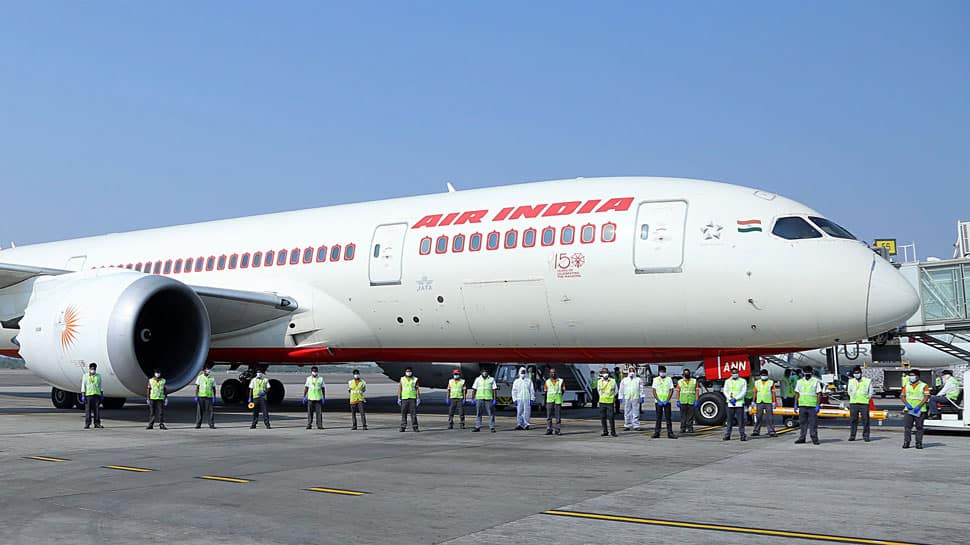
An aircraft's round windows are used to control air pressure both inside and outside. Because of its design, round windows allow pressure to be distributed evenly throughout the panel. Round windows have no corners, so there's nowhere for pressure to concentrate. Rather, the pressure is applied uniformly all over the surface.
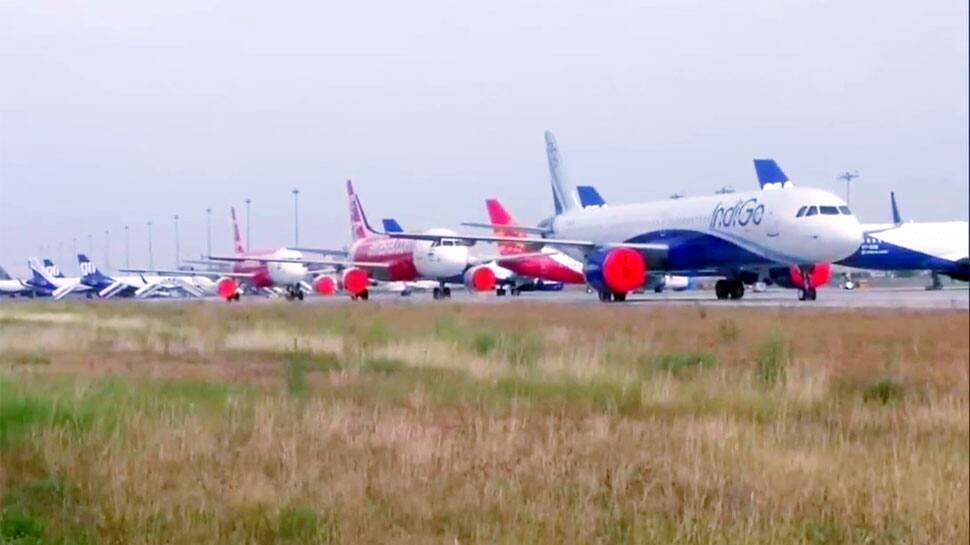
Strong and safe design elements go into making airplane windows. The rounded form of the window helps distribute the pressure, reducing the likelihood of cracks and breakage.
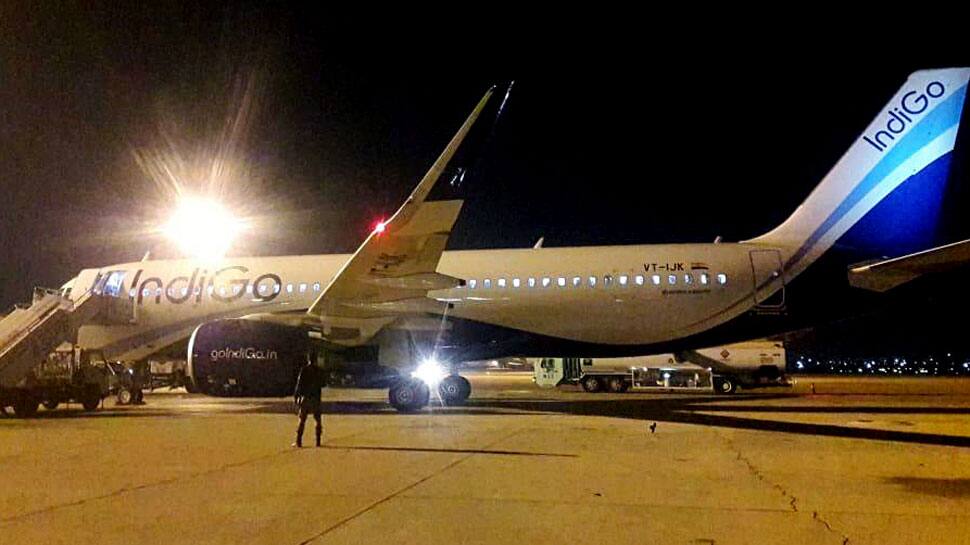
A rounded window has a more robust shape. It is more durable for prolonged usage because of the round window shape. This not only prolongs the aircraft's lifespan but also greatly increases safety.
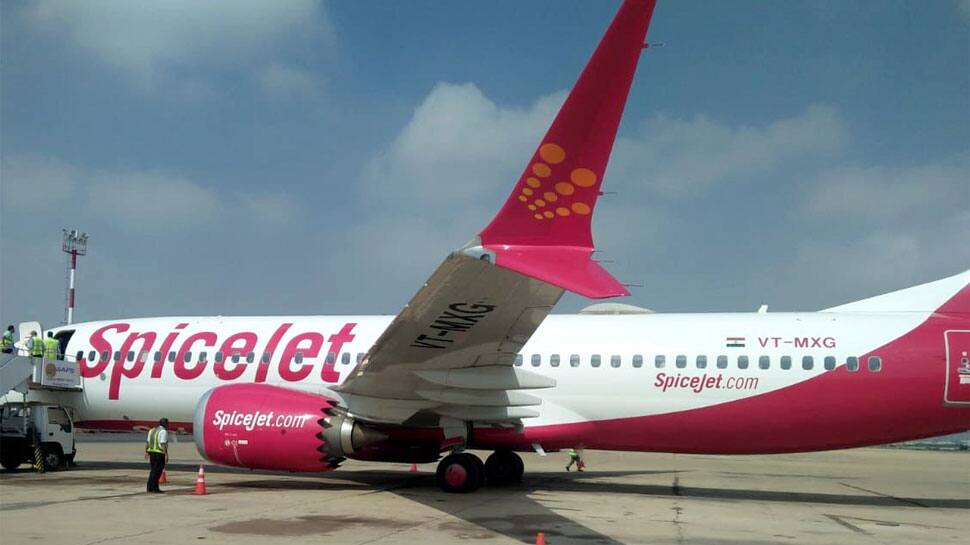
Three layers of acrylic make up windows. The thickest and outermost layer absorbs all external pressure. A small hole in the center is used to balance the pressure and shield the inner pane. The smallest layer that we encounter as passengers is the one that only absorbs the negligible cabin pressure.
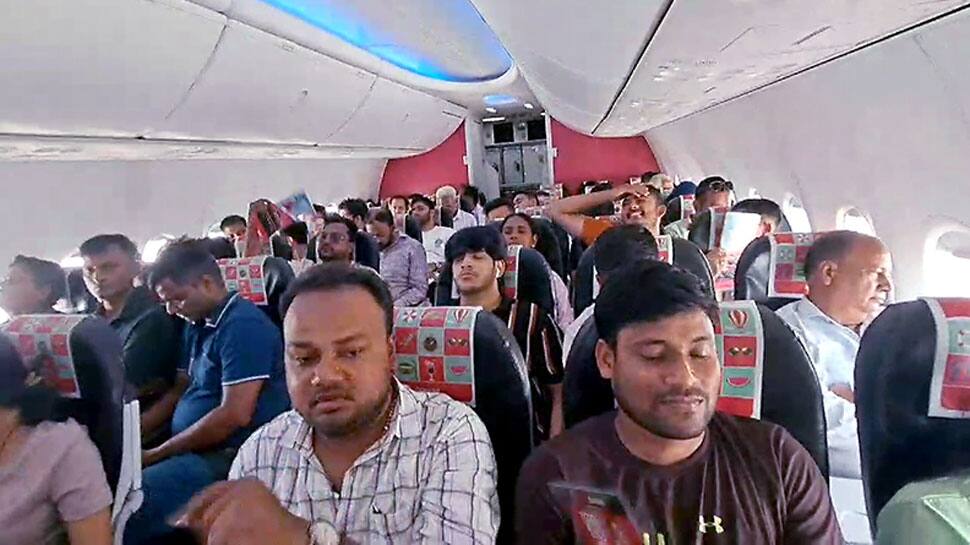
The de Havilland Comet, the first commercial jetliner, had square windows until the 1950s. In 1954, two fatal crashes resulted from the square windows, as cabin pressure was concentrated on their corners, leading to stress cracks and eventually the windows blowing out.
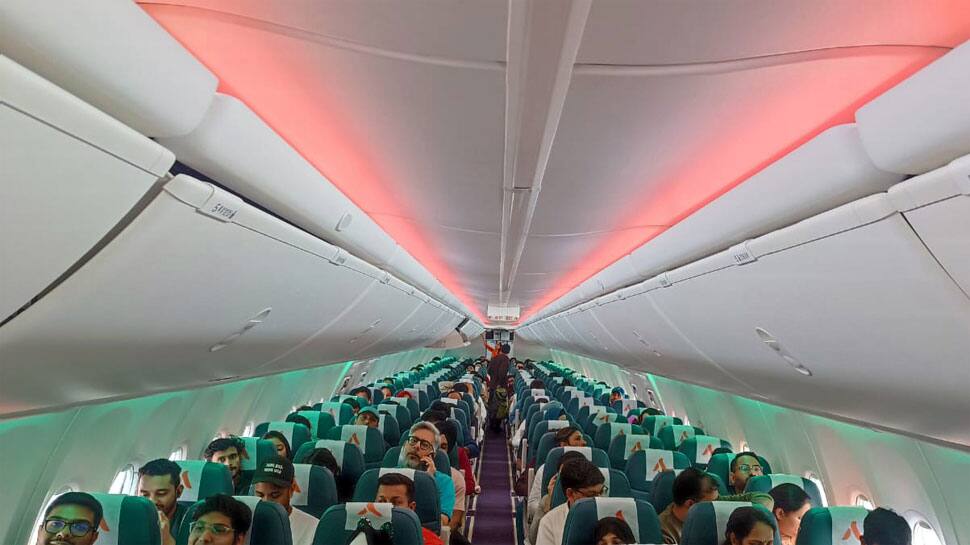
There are also airplane windows with electrochromic coatings that use electricity to change their transparency and color. They are made with no moving parts, to be lightweight, and to be self-contained. They are controlled by the crew using an onboard network.
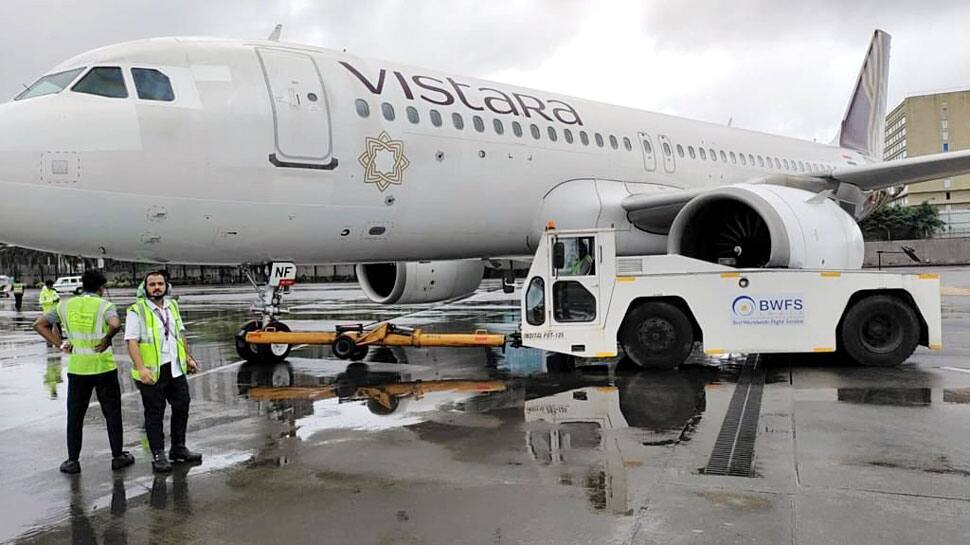
An emergency exit window on an airplane is designed to open when the plane is on the ground and not mid-air due to pressure differences. These doors cannot be opened by passengers; only the flight captain has the authority to do so.

